Doc Holliday
If you know Hamil Bros, you know that part of the reason we got into video production was because of our love of movies. One of my favorite movies is Tombstone.
Among the many quotable quotes from Val Kilmer as Doc Holliday is, “my hypocrisy only goes so far.”
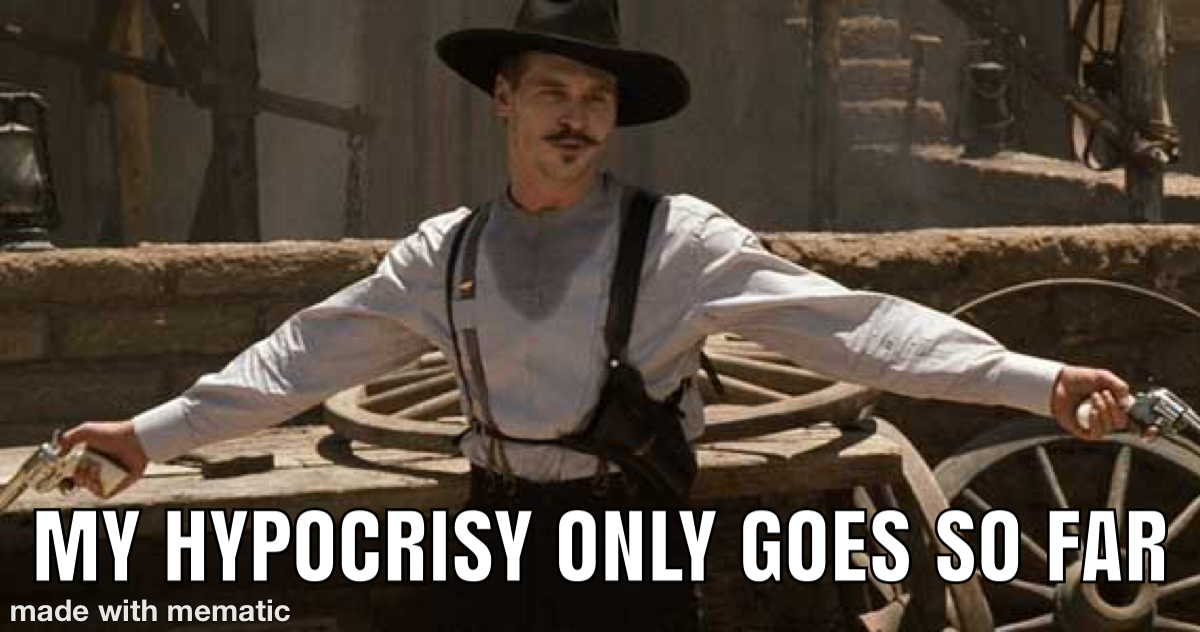
Aside from wanting to just throw a quote in the mix, I want to go ahead and warn you that, if you read the last article, some of the things that make this list are the very same things that I listed as being buzz words or bait-and-switch items that don’t make a difference when they’re only being used as sales tactics.
However, I will explain when and how these things do make a difference when used to enhance production value when it comes to your videos.
To recap, here is the list of things that can and should be used to enhance your production value:
- Camera/lens choice
- Lighting
- Set Design
- Editing Software
- Sound
- Visual Effects
- Professional finishing
Don’t take my word for it
As I mentioned in What is High Quality Video (Part 1), Stu Maschwitz has a book called The DV Rebel’s Guide, which, in itself, is a masterclass in production value, but there is another book by another visual storyteller whose work you are undoubtedly familiar with: Robert Rodriguez.

Jacob and I with Stu and Chad from Red Giant with my newly signed copies of The DV Rebel’s Guide, Sin City, and The Spirit.
Rodriguez has a book called Rebel Without A Crew that is his own account of making his first feature length film for $7k and it ended up taking Sundance by storm.
Now, I only mention the $7k as a reference for how he did his movie. It is worth noting that good production will cost well in excess of that for larger projects and Robert finished the movie for that amount at the expense of a lot of sacrifice. If you’re familiar with the Good/Fast/Cheap triangle (more on that here), you know that his movie (El Mariachi) was both good and cheap, but not fast.
All that to say, if you really want to learn about production value for your videos, those books are excellent reads (Rebel Without A Crew will probably be easier to digest if you’re not looking to get into video production).
*Side note: these two books are not only complementary of each other, but Rodriguez points to The DV Rebel’s guide as an amazing tool. In his own words, Rodriguez says, “I’d been wanting to write a book for the new breed of filmmakers, but now I don’t have to. My pal and fello movie maker Stu Maschwitz has compressed years of experience into this thorough guide. Don’t make a movie without reading this book.”
Let’s get to it
1. Camera/Lens Choice
Remember how I said the camera doesn’t matter as long as it’s in the right hands? I still stand by that.
The kicker is that it does matter, to a degree. Someone who knows what they’re doing will make camera choices based on the needs of the shoot. If I’m shooting something that is feeling vintage, I might use a camera that feels more like Super16mm film than a Super35mm, just because the difference in camera will actually make that difference easier to obtain. I might also opt to shoot on older lenses that feel like they are from that time period.

The Tokina Vistas: easily Hamil Bros’ favorite lens set.
Another example of this is the movie Hardcore Henry. The entire movie is shot POV (point-of-view) and was done almost entirely on GoPros. Not my first choice for a primary camera for a feature film, but it suited their purpose exactly.
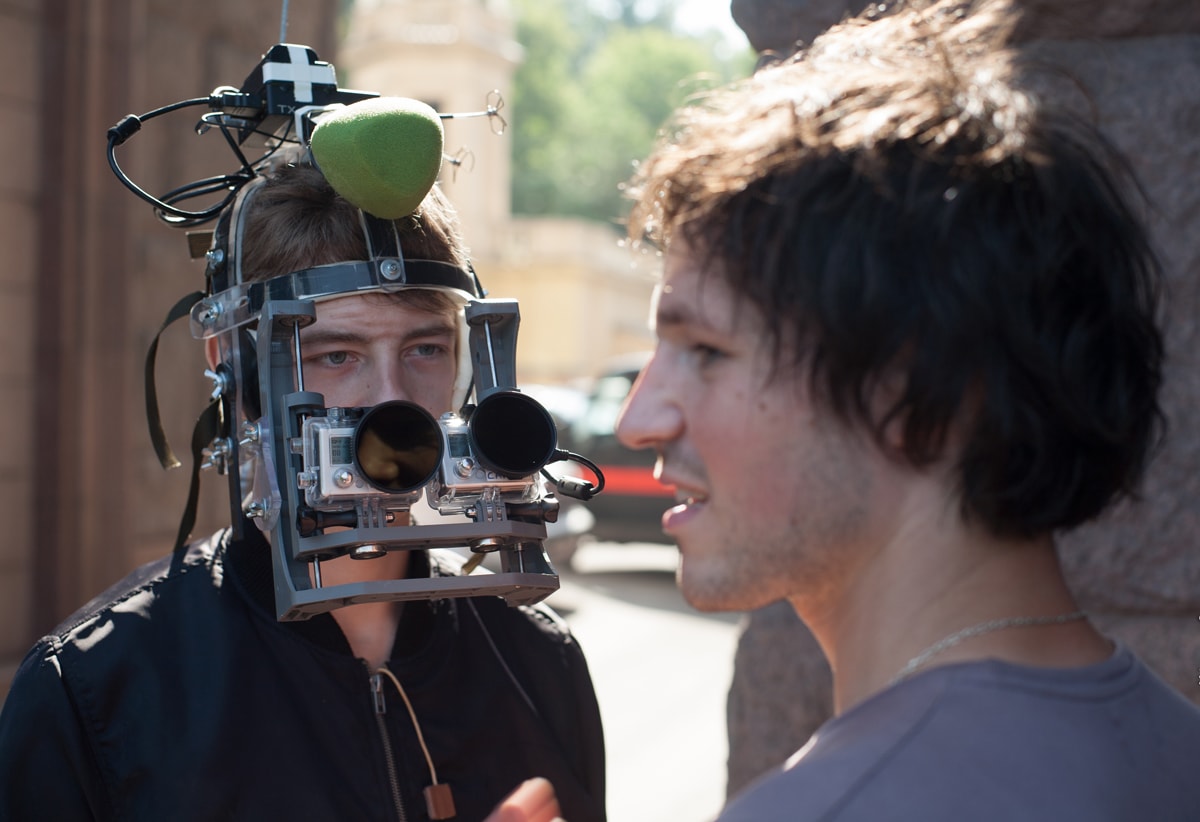
Image of the GoPro Rig used in Hardcore Henry (also more about the shooting here)
Another great example of the operator makes the camera is a 2010 movie called Monsters, that was written and directed by the one and only Gareth Edwards (Rogue One, the 2014 Godzilla). For Monsters, he used a Sony PMW-EX3.
Now, that camera is more suited for photo-journalism than filmmaking and I can’t begin to describe how much I despise that camera (I used one for a while and just hate the darn thing). It’s very video looking and not cinematic at all… But not in the right hands.
Conversely, several years ago, I saw a production company roll into a location with a camera and lenses that made me drool. However, when I saw the finished video, I was shocked to see results worse than what I could get on my entry-level camera (cost comparison was probably their $100k rig to my $1k rig), and at that point, my knowledge was severely lacking.
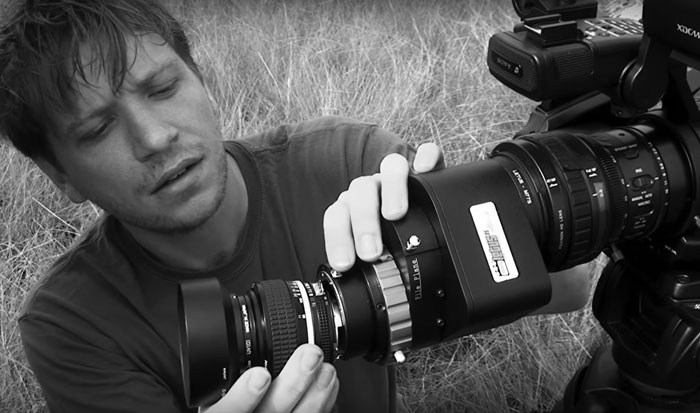
Gareth Edwards with the EX3 (more on that here)
2. Lighting
For a lot of budding production companies, lighting goes only as far as the infamous 3-point lighting set up. One key light, one fill light, and one hair/back light. They think they start doing that and that they’ve arrived and leave it at that.
Sure, you can get plenty done with that, as long as you are only shooting interviews. But who wants to do that?
One of my favorite lighting setups was on Martin Luthor King Jr. Day of 2020. We were shooting a music video for Kristal Wight and there was a particular set up where we had her on a bed with her guitar singing. For the hotel room portion of this video, we were in a room that had no sunlight whatsoever and all of it had to be recreated. This shot was easily my favorite in the lighting department. Not a single thing was lit naturally and the results were incredible.
In fact, all lighting in the hotel room (and inside the hotel in general) was artificial.
3. Set Design
In the movie world, nothing in front of the camera is there by accident. Everything that you see is placed meticulously and tested on camera to make sure everything fits.
In our case, we don’t have that kind of time, budget, or personnel. At least not under normal circumstances.
So, in the Hamil Bros world, it is a matter of taking what we have and using it in the shot or taking it out. Have an ugly plug on the wall? Put a plant in front of it. Need to cover the corner of a desk? Stack some books and a pencil cup there.
There are a ton of things that can be done to make the set look better. There are even those whose entire job is set dressing or set design.

The wonderful Kelley De Lung at PDA Productions made sure their location was dressed for success for their Jingle Experience ad.
In A Good Dame for a Sandwich, the entire shoot took place in a single room and we used every prop we could find (for free) to make the time period look correct, from the radio on the desk and the infamous green desk lamp, to the phone in the phone booth. Everything we used in that film was meant to sell the illusion of the time period.
Several props were used to sell the scene in A Good Dame for a Sandwich
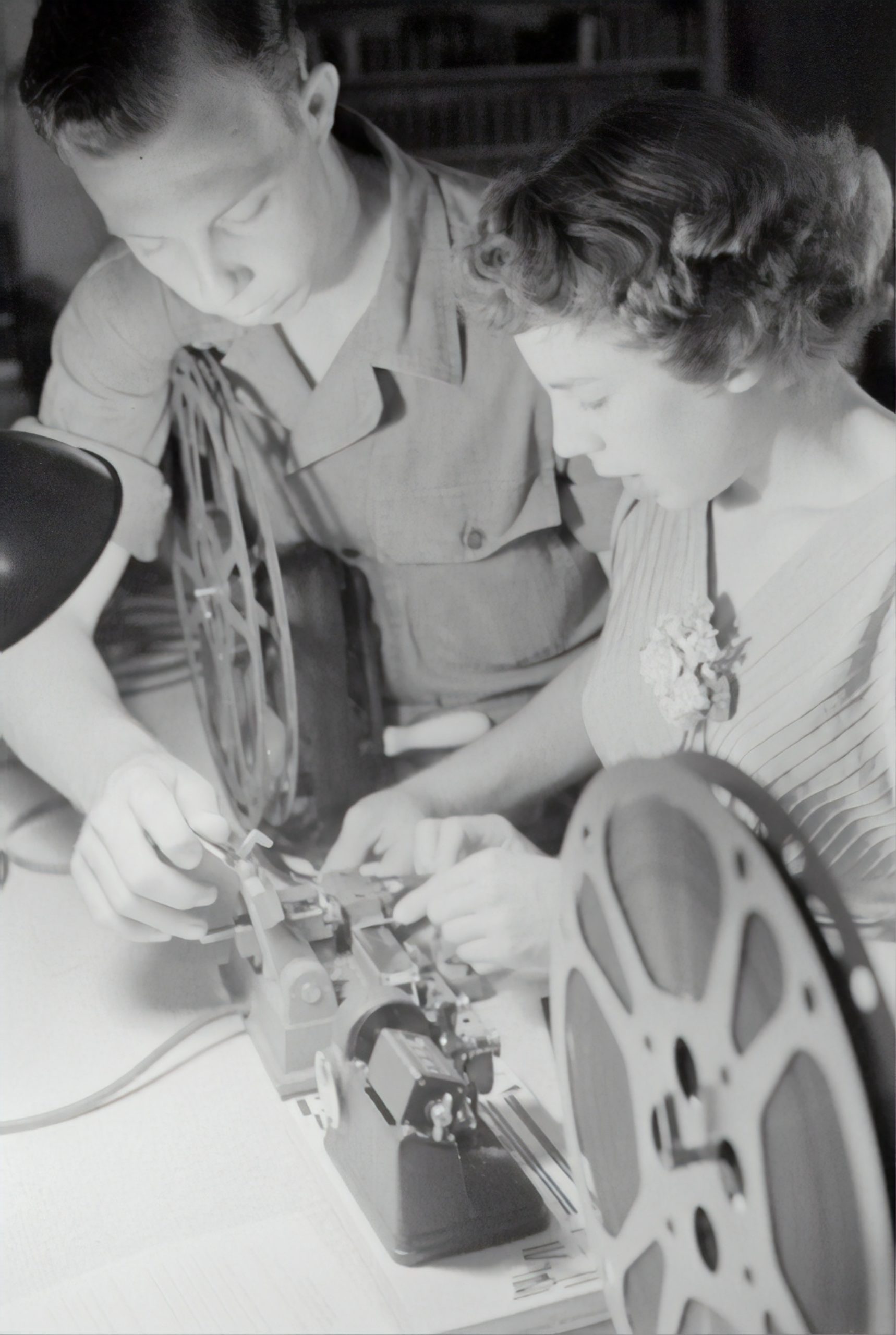
How they used to do it
Photo by Austrian National Library on Unsplash
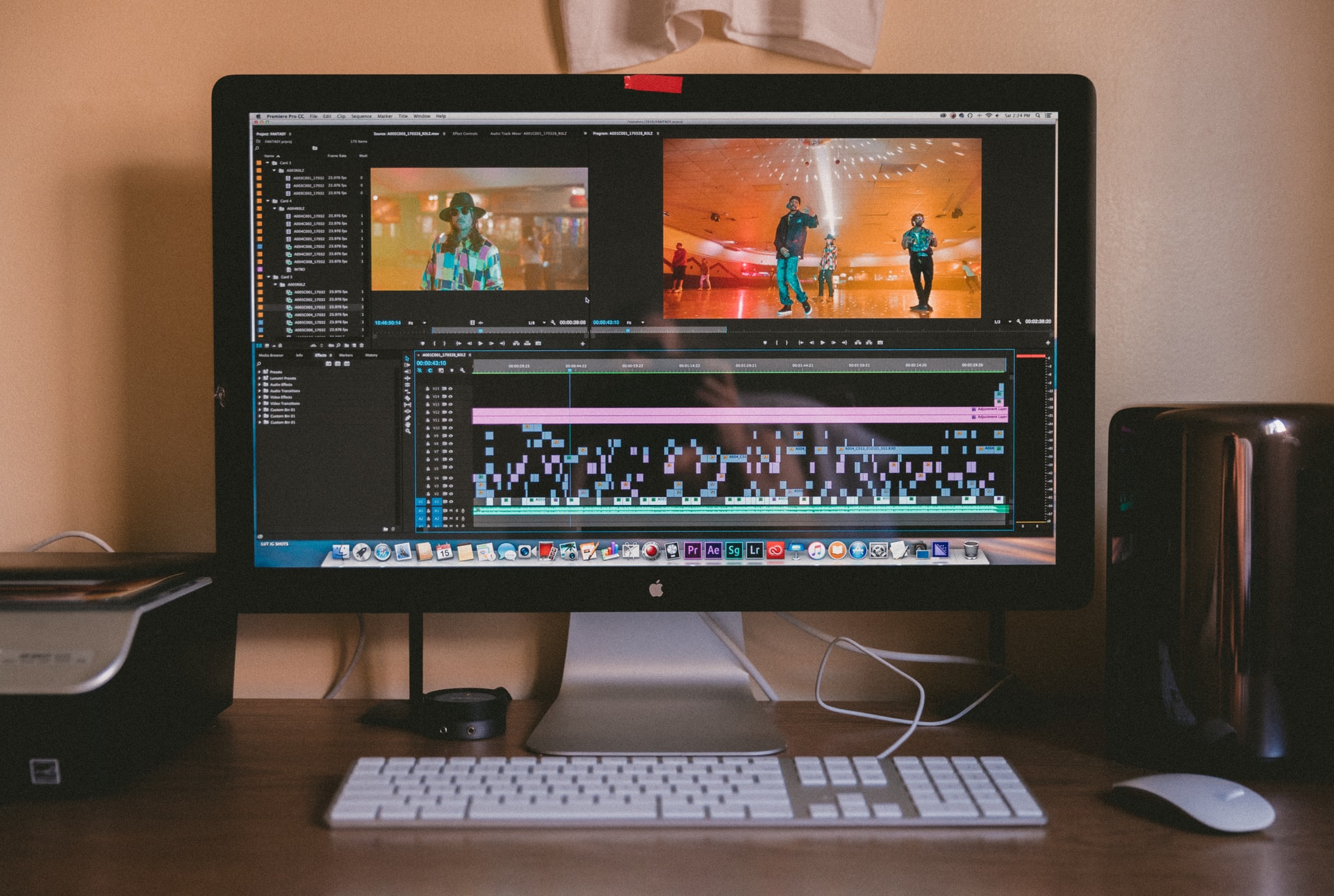
How we do it now
Photo by Jakob Owens on Unsplash
3. Editing Software
I’ll try to keep this one simple. Let’s get a little definition out of the way: a piece of editing software is called an NLE, which stands for Non-Linear Editor. The term comes from the old days where film was actually cut and taped together in a linear fashion. “Non-Linear” means that you can move anything anywhere you want at any point you want and you can do it in a non-destructive way.
As I stated in the first post, software doesn’t matter. It really doesn’t. Now, if you spend enough time on Facebook or Reddit, you can find software wars of idiots arguing about what software is better than the other (you can also find this for cameras, lenses, etc.) All these fanboys really care about is being keyboard warriors and they contribute very little value. I digress…
I will go as far as saying, as long as your editor isn’t working “professionally” in iMovie or Windows Movie Maker (is that still a thing?), then the software adds very little to the production value. Now, as I mentioned before, the basic functionality is universal across all editing platforms, but there are certain things that each individual NLE does better than the others.
Regardless, like I said earlier, it really doesn’t matter what software your production company uses as long as they know how to use it. Going back to the car analogies, if you put a Nascar driver in your Honda Civic and put him up against an average Joe in a Nascar car, who do you think will perform better?
4. Sound
This is a touchy subject at best and it’s one we’ve written about several times.
It is our humble, yet professional, opinion that sound is 80% of the user experience when someone watches video.
We’ve spent years honing our audio skills and still have a lifetime of information to learn.
How important is sound? Well, that’s easy. We’ve all experienced this. You’re watching TV and a national commercial comes on and, no matter the situation they seem to be in, you can hear everything they say clearly. Next, a local ad comes on. It’s some guy on a car lot and you immediately peg him as obnoxious tool. Why, because he’s yelling at the camera. Add to that, you still can’t really understand him because there’s traffic noise and wind… Most of which is completely preventable, but the production company decided to cut corners.
Let me frame this another way: if you’re driving to a place you’ve never been before, the kids are being loud and the radio is on. Once you get close to where you think the address is; what’s the first thing you do? Tell the kids to can it and turn down the radio so you can “see” better…
Sound can define a scene in so many ways. The dialog will tell you what is going on, the music will tell you how to feel, and the sound effects are what make you feel like you are there.
My favorite example of this in the Hamil Bros catalog is this video about crop insurance: https://hamilbrosstudios.com/project/sustainable-crop-insurance/
100% of the audio in the above video was added in post production (in-studio). None if it was natural sound.

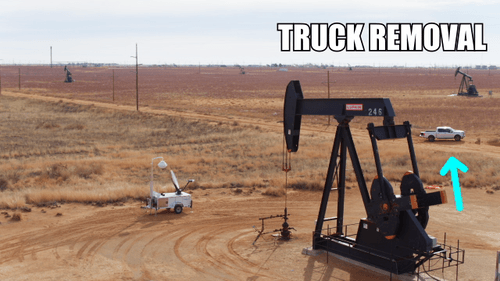
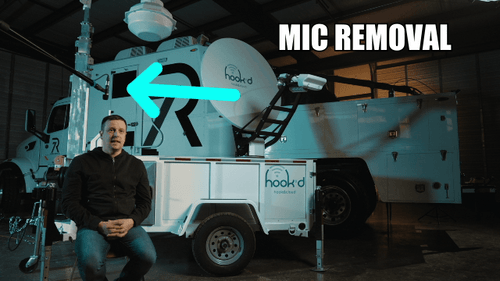
5. Visual Effects
This one may be my favorite topic. This is where things get fun, for me and, truth be told, I would love to do more work in this realm.
In layman’s terms, visual Effects, known henceforth as VFX, is “photoshopping” video or CGI. There’s a lot more to it than that, but to keep it simple, we’ll leave it at that.
For Hamil Bros, VFX is an integral part of nearly everything we do.
You may operate under the assumption that it is mainly adding things to a scene, but, more often than not, it’s taking things away. Is there a microphone in the shot? We’ll paint it out.
Recently, we worked on a video with our aerial guy, Shawn at West Texas Aerials, to produce a video for one of our clients. He was getting a shot of the client’s product in the field next to a pump jack and the section of the shot we decided to use had his pickup truck in it. But, I was able to paint it out to make the shot feel even more remote. On the same shoot, for the interviews, the wide shot was different than we normally do. We shot it low with a lot of headroom (the amount of screen space between the top of the subject’s head and the top of the screen). It was a decision we made to show more of the client’s product in the background. Knowing this going into the interview, we shot the interviews with a microphone boomed in and then shot a version of the shot with nobody in it and the microphone pulled out of the shot (known as a background plate) and used that to remove the microphone from the shot completely.
Conversely, we do use VFX to add things to the shot or perform dangerous tasks safely, such as sending Merkel over a cliff, giving cavemen a garage door, or, you guessed it, robots shopping in a hardware store.
These are all things that we’ve done to help give our clients something they never thought they could have and, you can see most of them in our 2020 VFX Demo Reel (seen left-ish).
6. Professional Finishing (aka: onlining)
This one may seem a bit convoluted as it is where a lot of the previous elements come together and are polished.
Many people consider this the stage where the footage is color graded (think of this as the colors being enhanced) and sent out as master files, and, to a degree, that is correct.
Again, there is so much information on this that it would be impossible for me to cover it all. But, let’s just leave it at this: this is the stage where all of the shots are pushed to their maximum potential.
One of my favorite examples of this comes through in this shot we did for The Jingle Experience commercial in late 2021: the shot is a panning shot that shows the majority of the location. This particular shot was a pickup (we had to go get it after the main shoot was done) and we didn’t take any lights for this one since we were in a hurry.
Using a combination of different tools, I took the shot from nothing special to a warm, magical, Christmasy feel.
Another ad that was completely made in the grade was this ad we did for Spencer Dobbs early in 2020. All of the aerial was done by Shawn at West Texas Aerials and, for your viewing pleasure, here is a side-by-side view of the ad before and after finishing.
We made it!
Congratulations! You did it! You made it through.
I hope these blog posts have brought you some valuable information in helping you decide on which production company you will choose to help share your brand’s messaging!
It may go without saying, but Hamil Bros Studios would be delighted to be your video production company of choice and we are here to enhance the face your business shows your customers. Take a gander at our newly released 2022 Production Demo Reel below and shoot us an email!
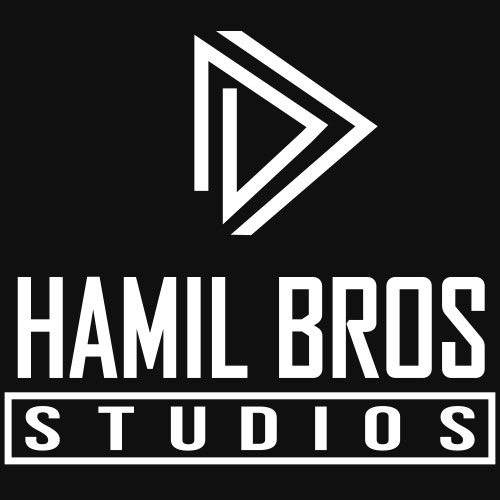
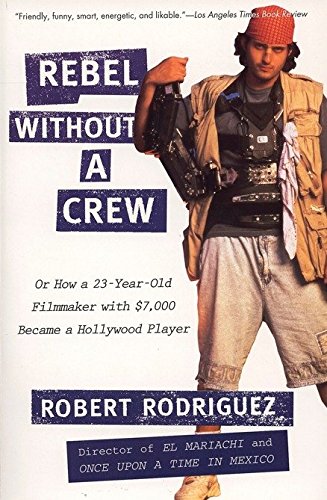

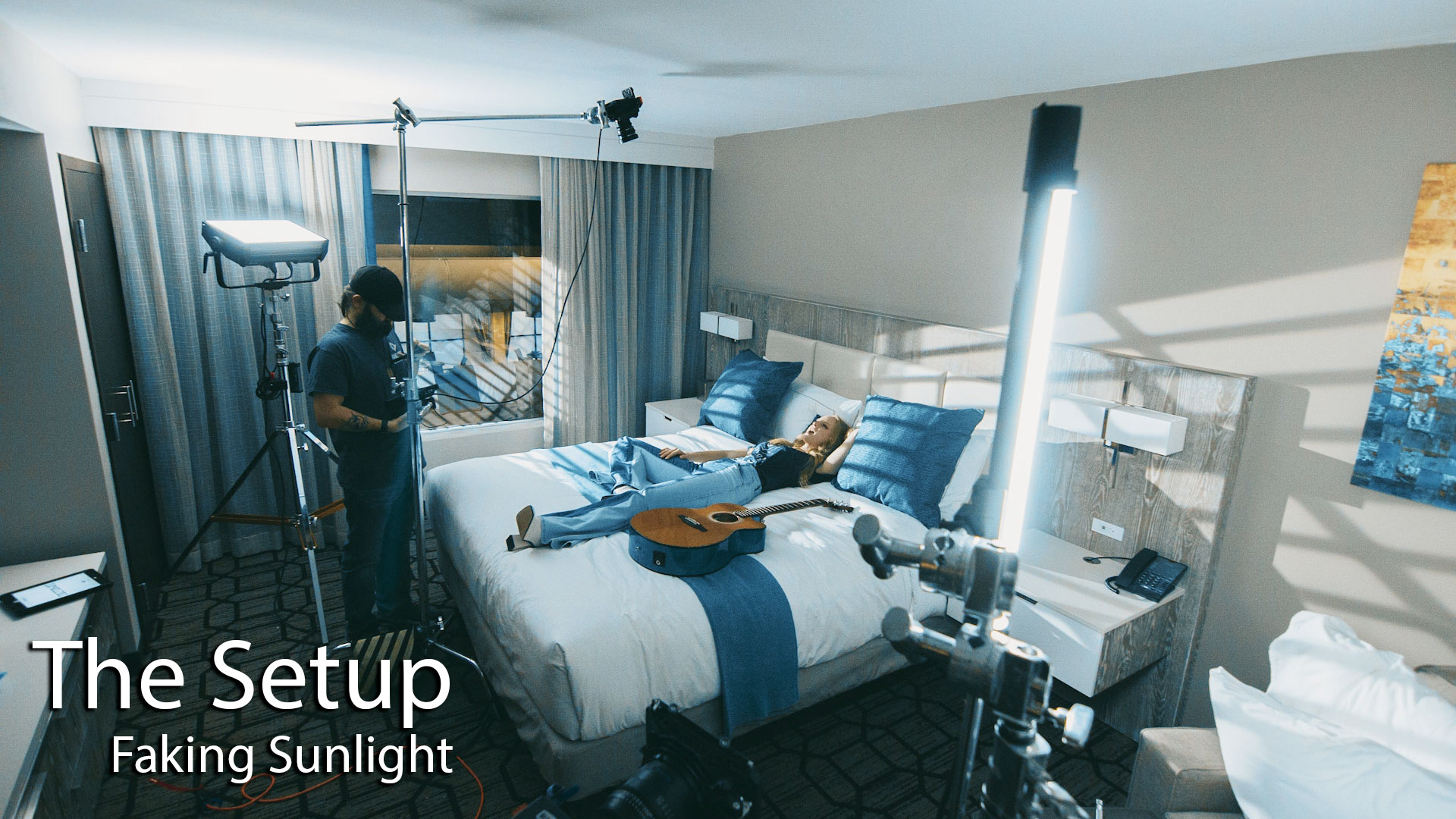
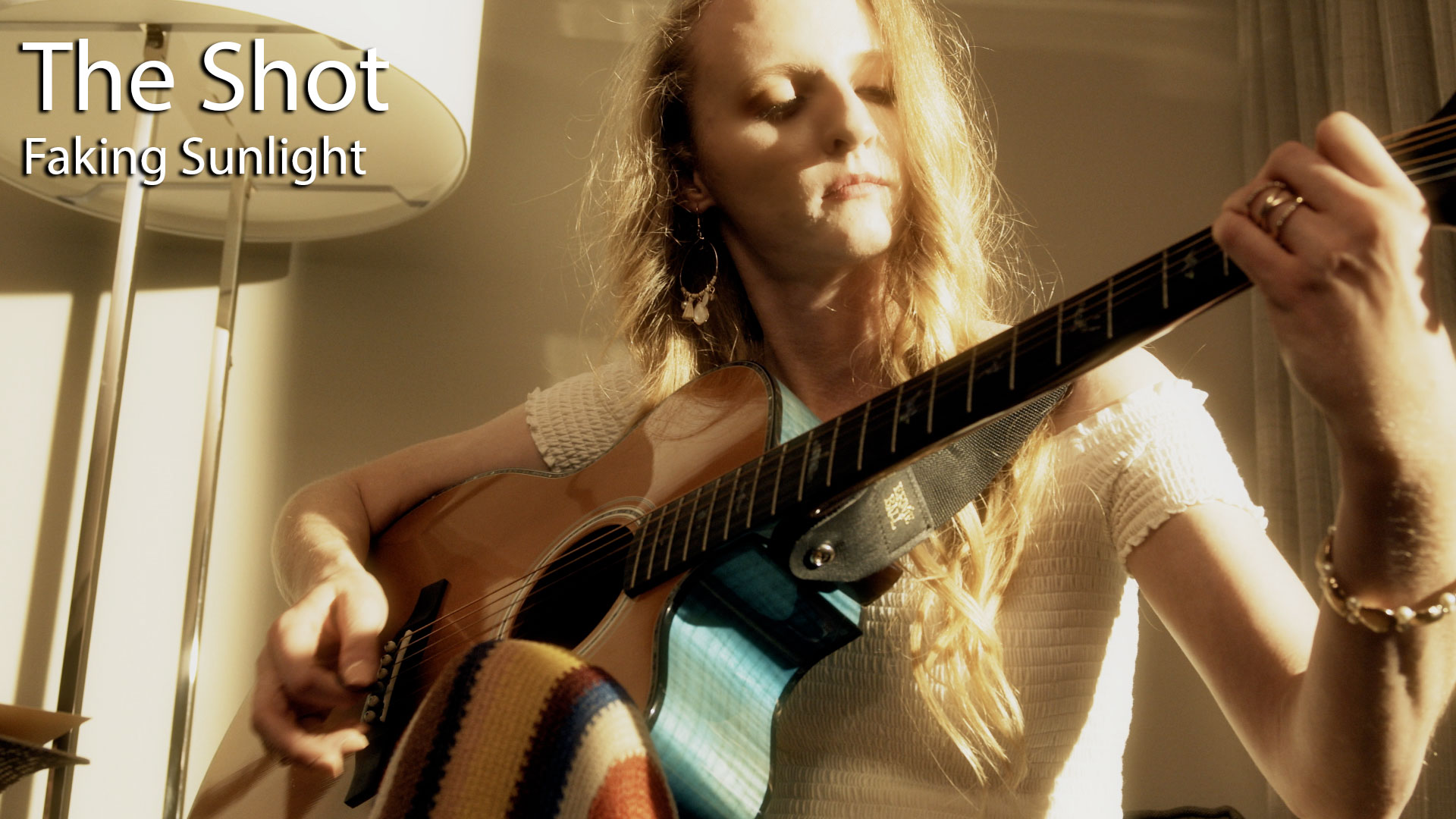

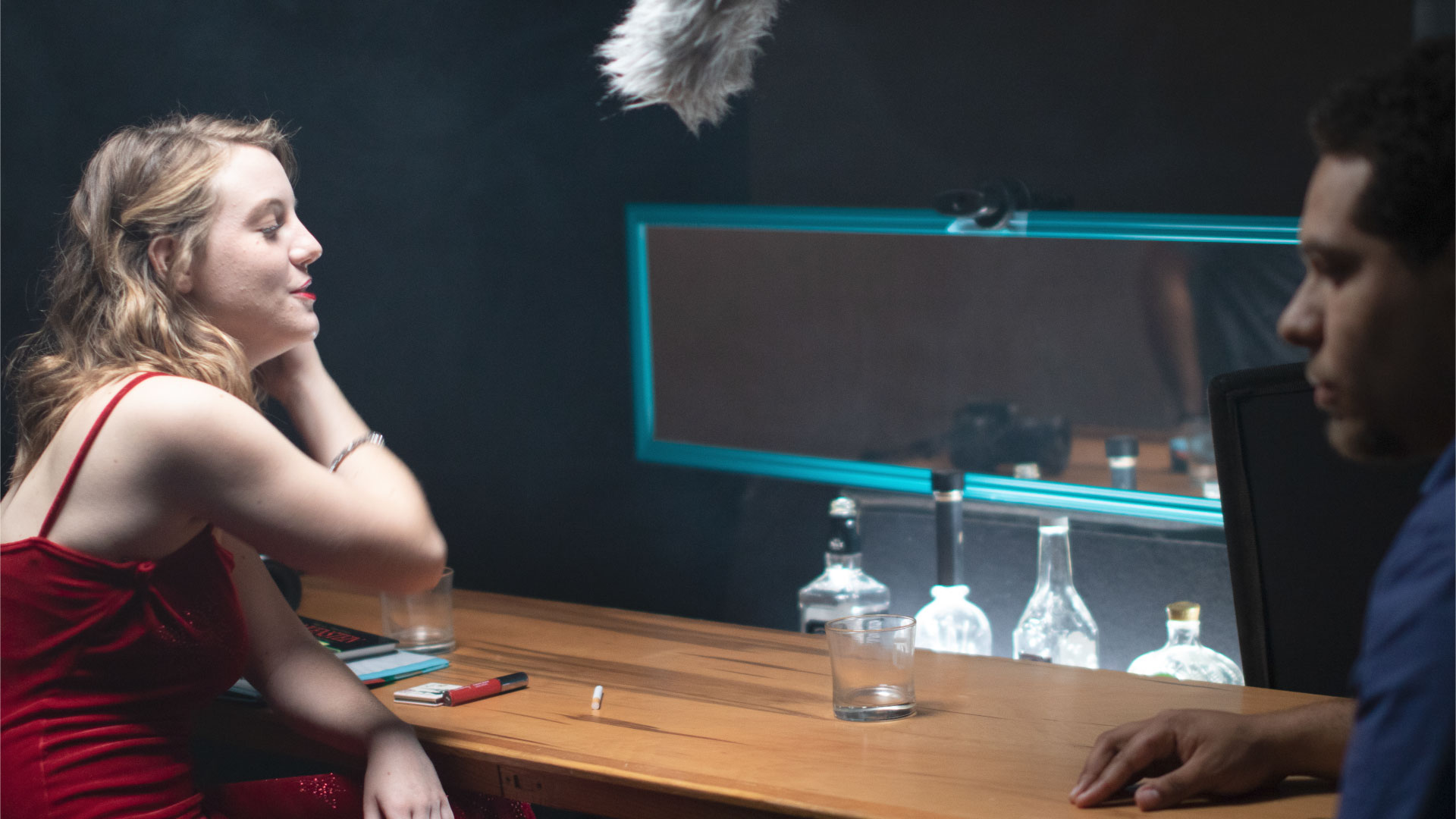



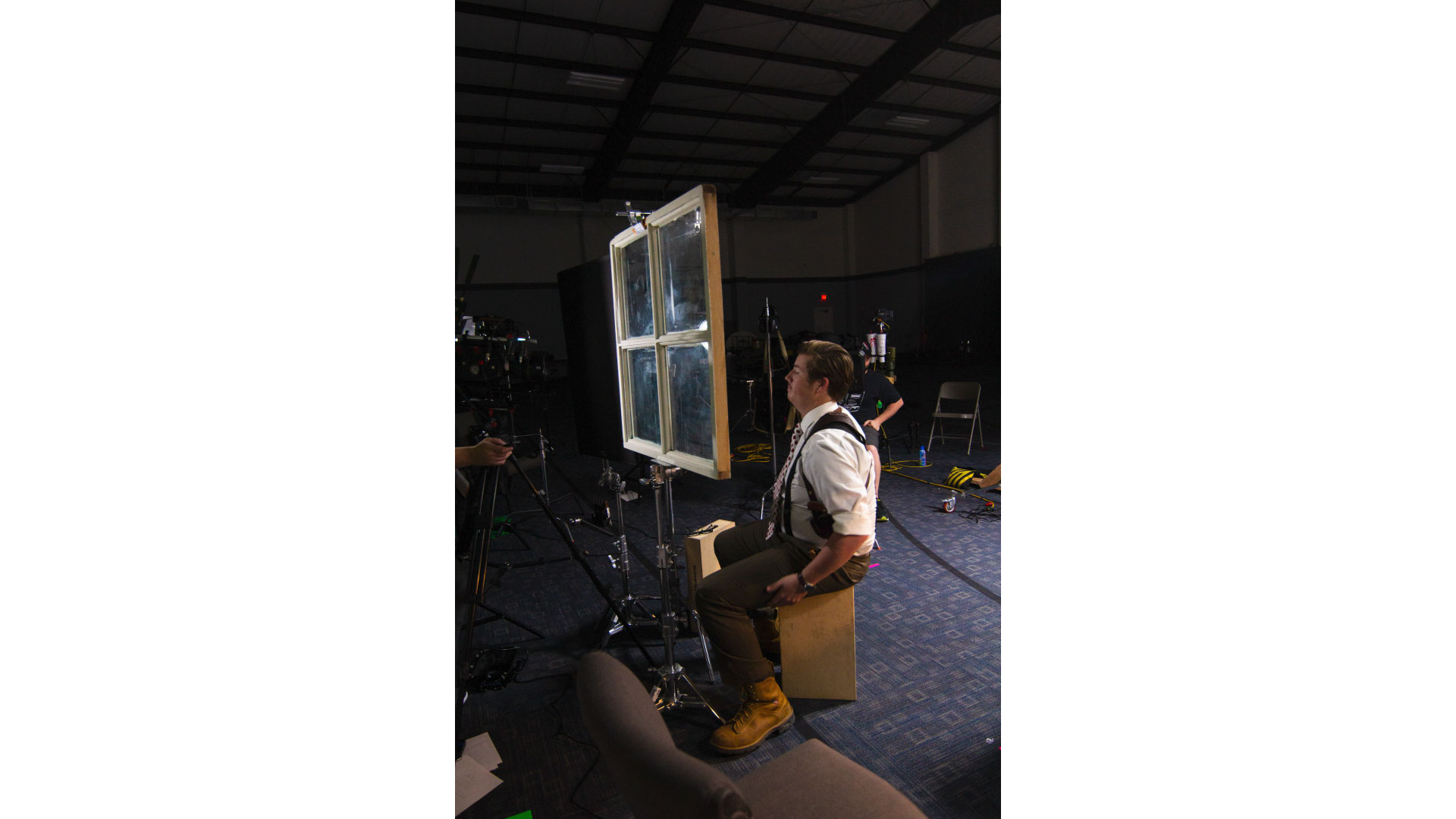




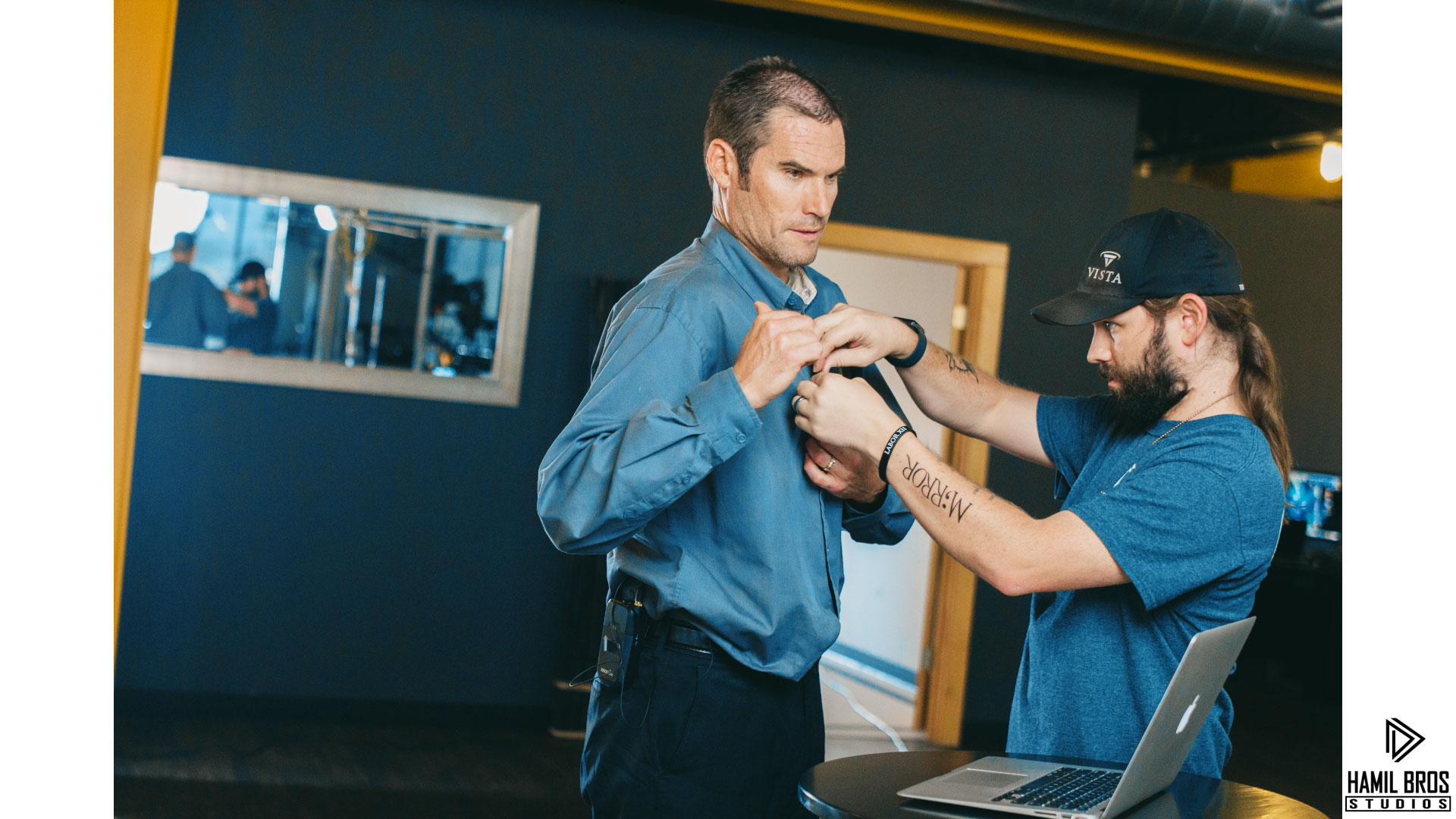
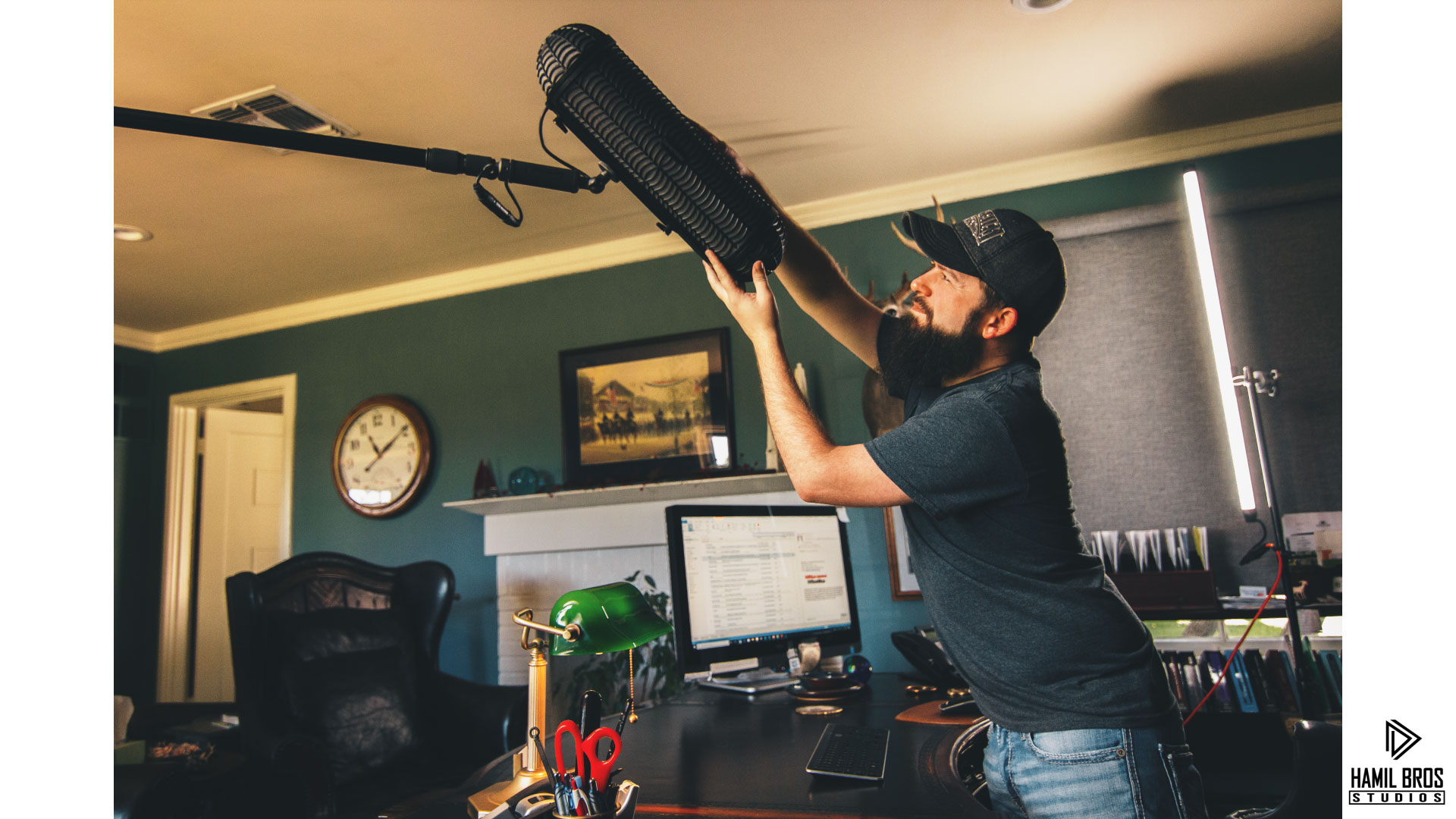
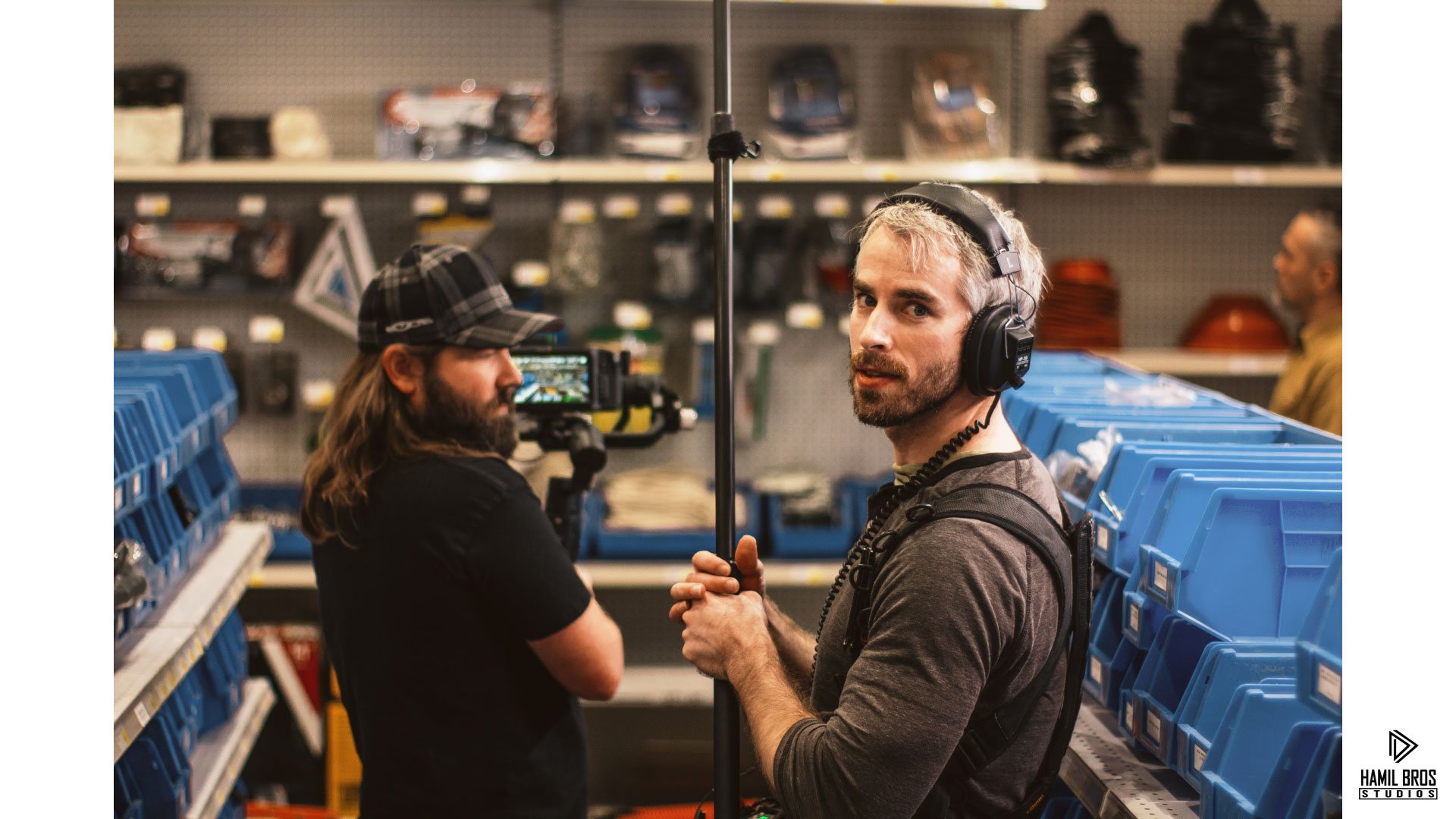
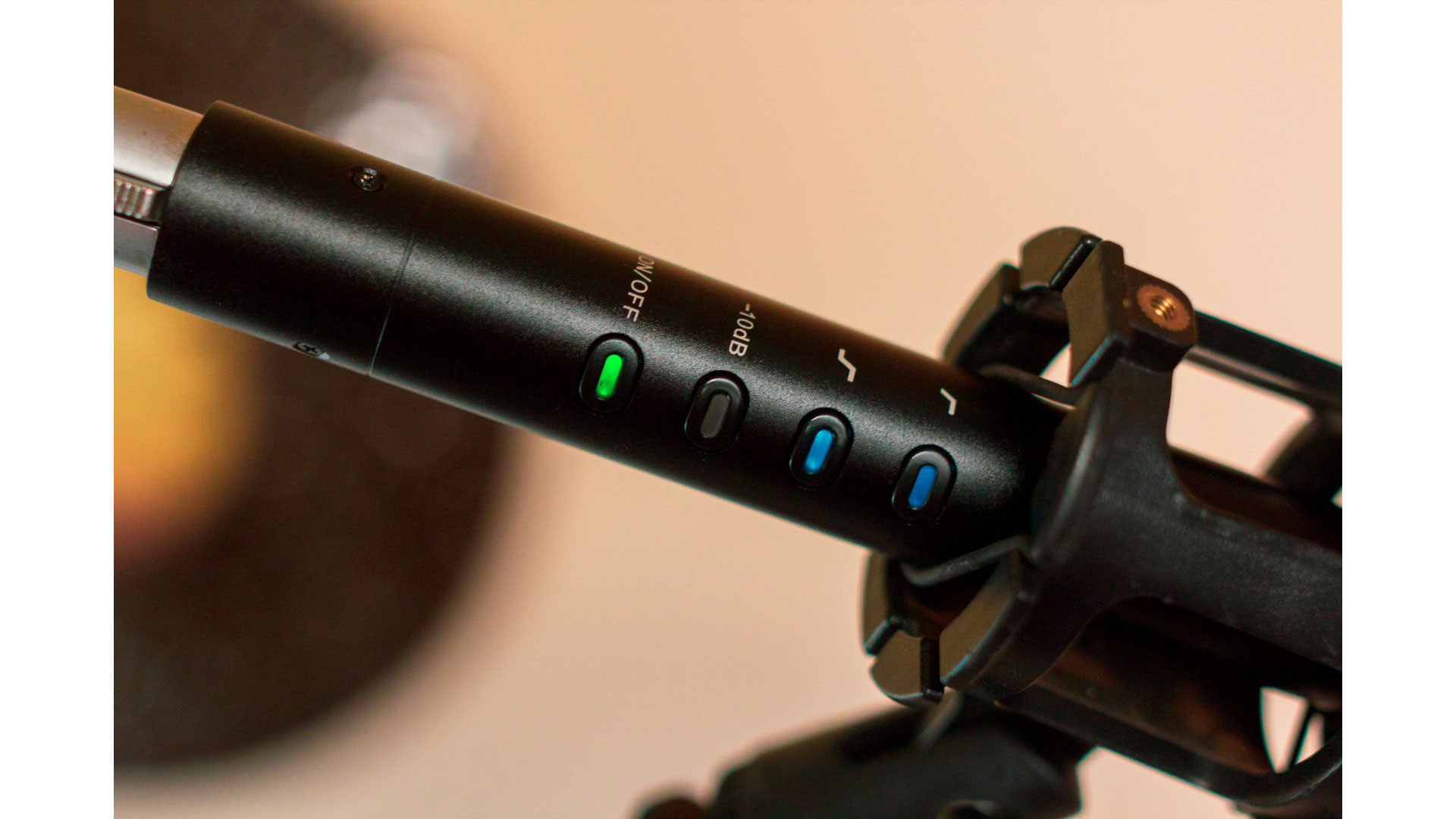
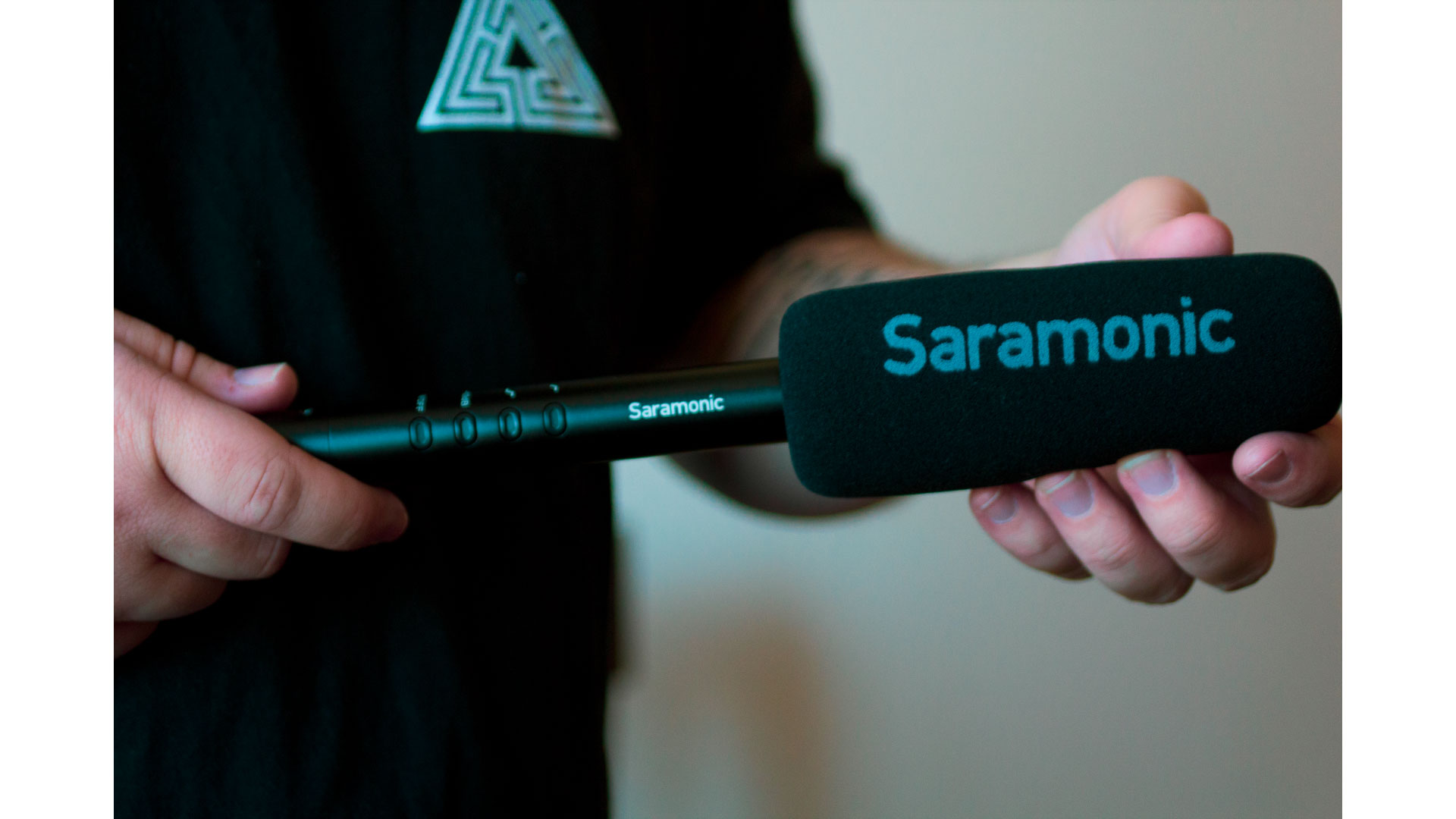

Recent Comments